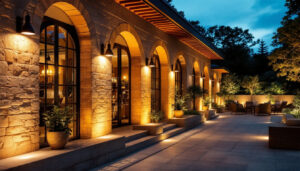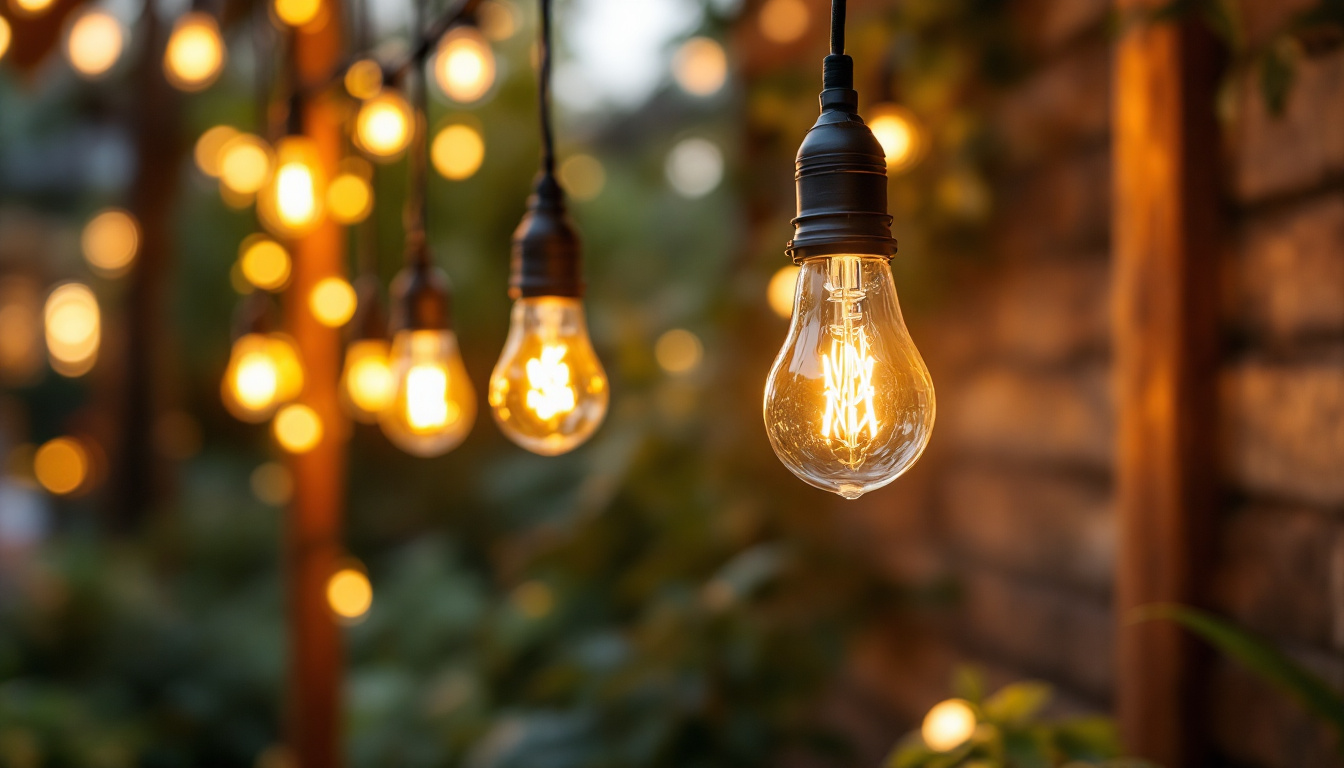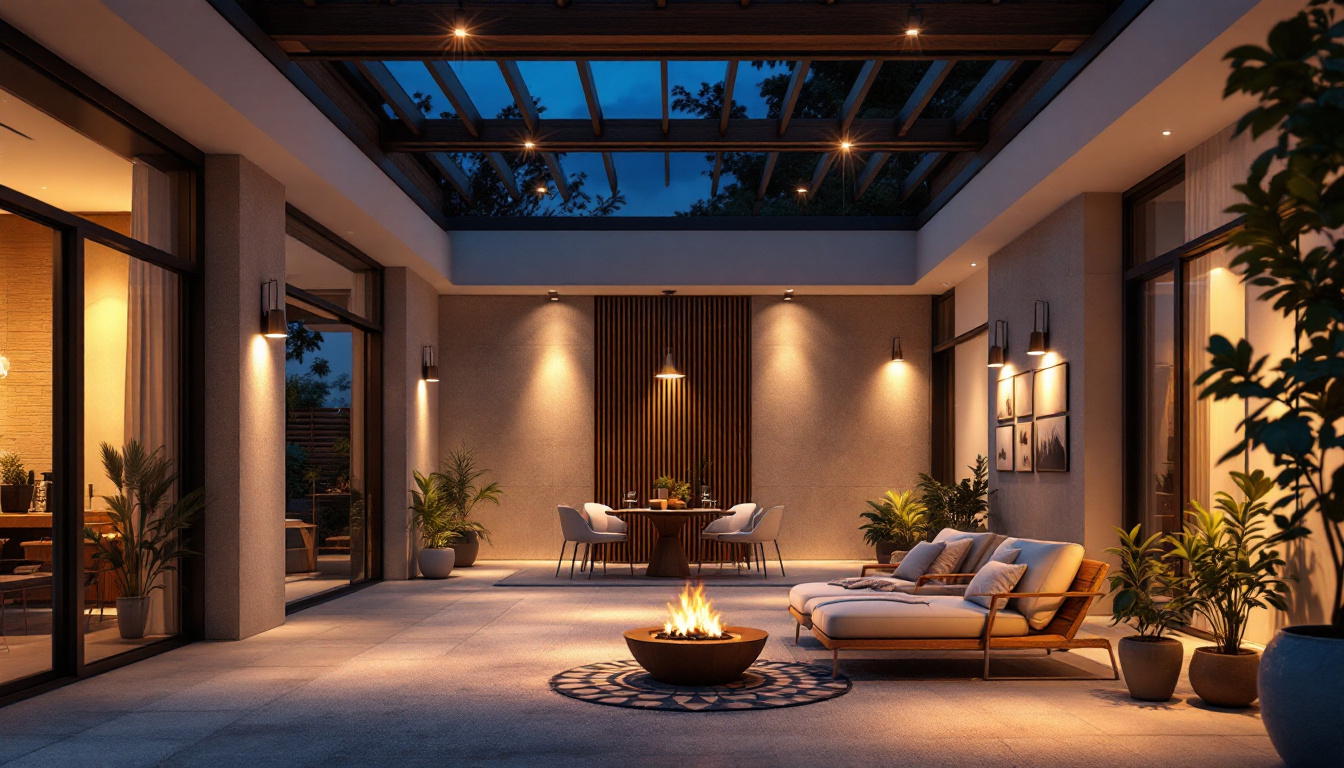

For lighting contractors, understanding the intricacies of outdoor light bulb sockets is essential for ensuring safety, reliability, and efficiency in lighting installations. This article delves into the science behind outdoor light bulb sockets, exploring their types, components, and best practices for installation and maintenance. By grasping these concepts, contractors can enhance their expertise and provide superior service to their clients.
Light bulb sockets serve as the crucial interface between the electrical supply and the light bulb itself. They are designed to hold the bulb securely while providing a pathway for electricity to flow. In outdoor settings, these sockets face unique challenges due to environmental factors, making their design and construction particularly important. Exposure to rain, snow, and fluctuating temperatures can compromise the integrity of a socket, which is why understanding the specifications and features of outdoor light bulb sockets is essential for ensuring longevity and safety in outdoor lighting installations.
Moreover, the placement of these sockets can greatly influence the effectiveness of outdoor lighting. For instance, sockets positioned under eaves or awnings can offer additional protection from the elements, enhancing the lifespan of the bulbs used. Additionally, the choice of light bulb can affect not only the brightness and energy efficiency but also the aesthetic appeal of outdoor spaces. Therefore, selecting the right socket and bulb combination is crucial for achieving the desired ambiance and functionality in outdoor lighting designs.
Outdoor light bulb sockets come in various types, each tailored for specific lighting needs and bulb types. The most common types include:
The materials used in outdoor light bulb sockets must withstand various environmental conditions, including moisture, temperature fluctuations, and UV exposure. Common materials include:
In addition to these materials, advancements in technology have led to the development of smart outdoor sockets that can be controlled remotely via smartphone apps or home automation systems. These innovative solutions not only enhance convenience but also allow for programmable lighting schedules, which can be particularly useful for security purposes or energy savings. As outdoor lighting continues to evolve, the importance of selecting the right socket type and material becomes increasingly clear, ensuring that outdoor spaces remain well-lit and inviting throughout the year.
When selecting light bulb sockets for outdoor use, it is crucial to consider their electrical ratings. These ratings indicate the maximum voltage and wattage that a socket can safely handle, ensuring that the installation operates efficiently and without risk of failure. Choosing the right socket not only enhances the longevity of your lighting fixtures but also contributes to the overall safety of your outdoor environment.
Most outdoor light bulb sockets are rated for standard voltages, such as 120V or 240V. However, wattage ratings can vary significantly. A socket rated for 60 watts may not be suitable for a 100-watt bulb, as this could lead to overheating and potential hazards. Therefore, it is essential for contractors to match the socket’s ratings with the intended bulb type and wattage. Additionally, it’s important to consider the type of bulb being used; for example, LED bulbs often consume less wattage than incandescent bulbs while providing the same level of brightness. This can allow for greater flexibility in socket selection, enabling the use of higher wattage sockets with lower consumption bulbs, thus maximizing energy efficiency.
Safety certifications play a vital role in ensuring that outdoor light bulb sockets meet industry standards. Look for sockets that have been certified by organizations such as Underwriters Laboratories (UL) or the International Electrotechnical Commission (IEC). These certifications indicate that the products have undergone rigorous testing for safety and performance. Furthermore, it’s advisable to check for additional ratings such as IP (Ingress Protection) ratings, which inform users about the socket’s resistance to dust and moisture. An IP65 rating, for instance, signifies that the socket is both dust-tight and protected against water jets, making it particularly suitable for variable outdoor conditions.
Moreover, the installation environment should also be taken into account. Areas that experience extreme temperatures or high humidity may require specialized sockets designed to withstand such conditions. For example, sockets made from corrosion-resistant materials can significantly extend the lifespan of outdoor lighting fixtures, especially in coastal regions where saltwater can lead to rapid deterioration. By paying close attention to these details, homeowners and contractors can ensure a safe and reliable outdoor lighting system that not only illuminates but also enhances the aesthetic appeal of the space.
Proper installation of outdoor light bulb sockets is critical for both performance and safety. Following best practices can help prevent issues such as electrical shorts, water ingress, and fixture failure.
When installing outdoor sockets, consider their location carefully. Sockets should be positioned away from direct exposure to rain and snow, ideally under eaves or awnings. Additionally, ensure that the sockets are mounted at a height that minimizes the risk of accidental damage from landscaping activities or maintenance.
Using appropriate wiring techniques is essential for outdoor installations. Use weather-resistant wiring rated for outdoor use, and ensure all connections are secure and insulated. Employing junction boxes can also provide added protection for electrical connections, reducing the risk of water damage.
Regular maintenance of outdoor light bulb sockets can prolong their lifespan and ensure consistent performance. Contractors should be familiar with common issues and troubleshooting techniques to address problems efficiently.
Conducting regular inspections of outdoor light fixtures and sockets can help identify potential issues before they escalate. Look for signs of wear, corrosion, or damage, and replace any components that show signs of degradation. Additionally, ensure that bulbs are securely fitted and that there are no loose connections.
Contractors may encounter several common issues with outdoor light bulb sockets, including:
In today’s environmentally conscious market, energy efficiency is a significant consideration for lighting contractors. Selecting the right light bulb socket can contribute to sustainability efforts and reduce energy consumption.
LED bulbs are known for their energy efficiency and long lifespan, making them a popular choice for outdoor lighting. When selecting light bulb sockets, ensure they are compatible with LED technology. Many modern sockets are designed to accommodate LED bulbs, providing optimal performance and energy savings.
The rise of smart lighting solutions has transformed the outdoor lighting landscape. Many sockets now support smart bulbs that can be controlled remotely or programmed for specific schedules. Contractors should consider integrating smart technology into their installations, offering clients enhanced control and energy management capabilities.
Understanding the science behind outdoor light bulb sockets is essential for lighting contractors aiming to deliver safe, efficient, and reliable installations. By familiarizing themselves with the various types, electrical ratings, installation best practices, and maintenance techniques, contractors can enhance their expertise and provide exceptional service to their clients.
As the demand for energy-efficient and sustainable lighting solutions continues to grow, staying informed about the latest advancements in outdoor lighting technology will be crucial. Embracing these changes will not only improve project outcomes but also contribute to a more sustainable future in the lighting industry.
In summary, outdoor light bulb sockets are more than just simple connectors; they are a vital component of any outdoor lighting system. By understanding their complexities and adhering to best practices, lighting contractors can ensure that their installations are safe, efficient, and long-lasting.
Ready to elevate your outdoor lighting projects with the highest quality sockets and fixtures? Look no further than LumenWholesale. Our extensive selection of spec-grade lighting products is designed to meet the rigorous demands of any outdoor environment, ensuring safety, efficiency, and reliability. With unbeatable wholesale prices and the convenience of free shipping on bulk orders, you can access the best value in lighting without the middleman markups. Make your next project shine by choosing LumenWholesale for all your lighting needs. Wholesale Lighting at the Best Value is just a click away.

Discover how mastering 3-way switches can revolutionize efficiency for lighting contractors, saving both time and money.

Discover the insider secrets of lighting contractors with our comprehensive guide to industrial fixtures lighting.

Discover essential tips and best practices for lighting contractors on installing outdoor LED ceiling lights.

Discover the essential insights every lighting contractor needs to know about LED can lights.
Get notified when NEW deals are released.
Optimize your budget with wholesale discounts.
Only top-quality, specification-grade lighting products.
No additional costs at checkout - what you see is what you pay.
We understand the unique needs of contractors.